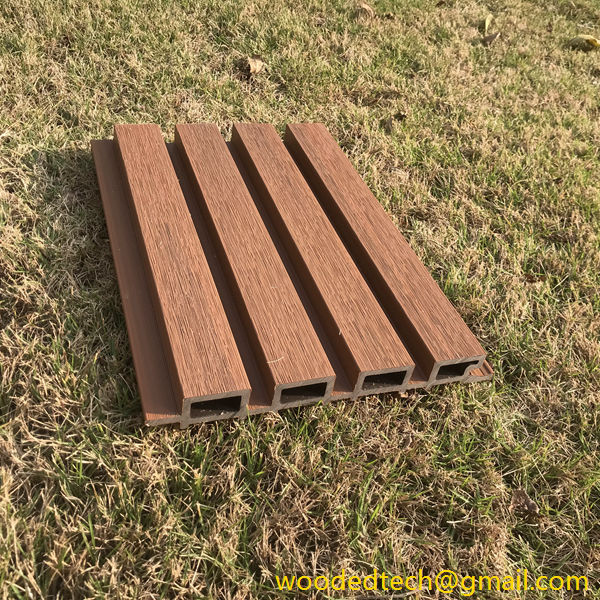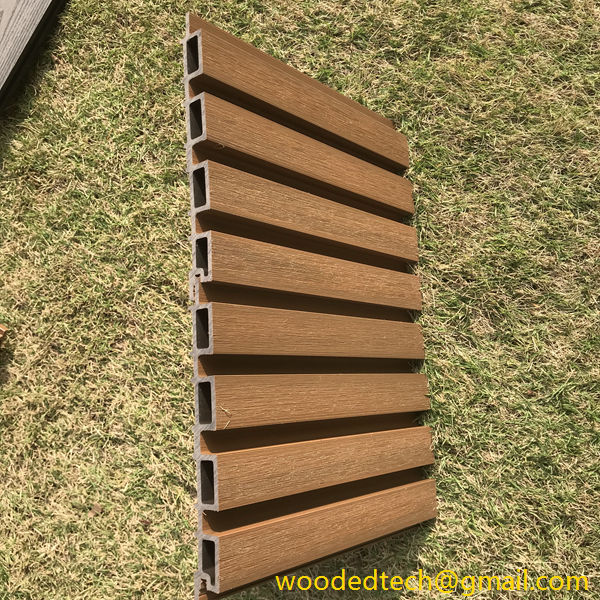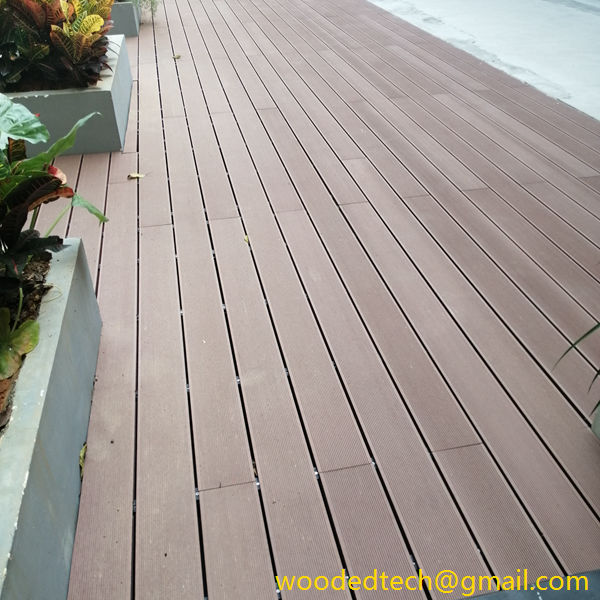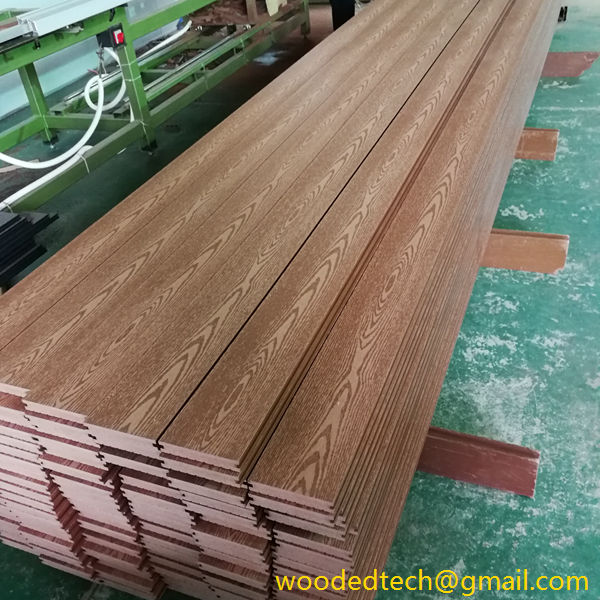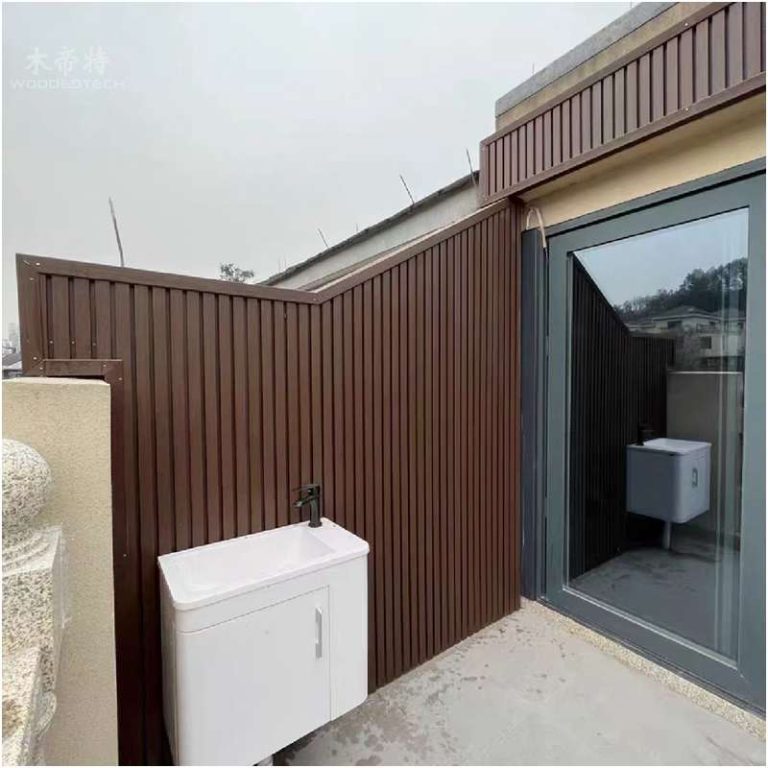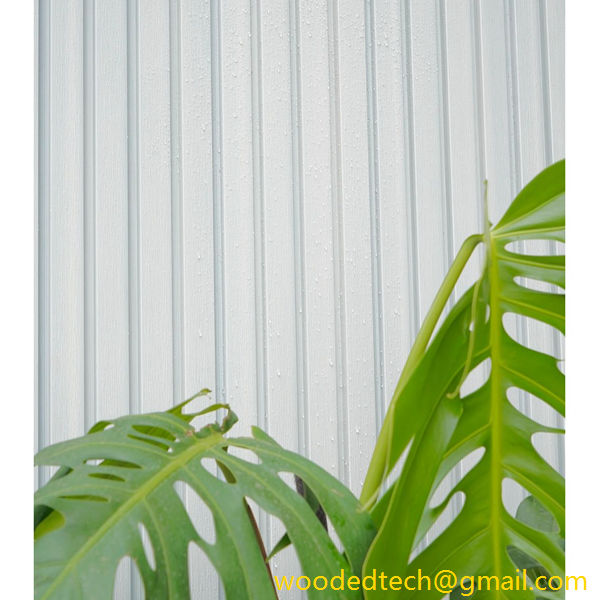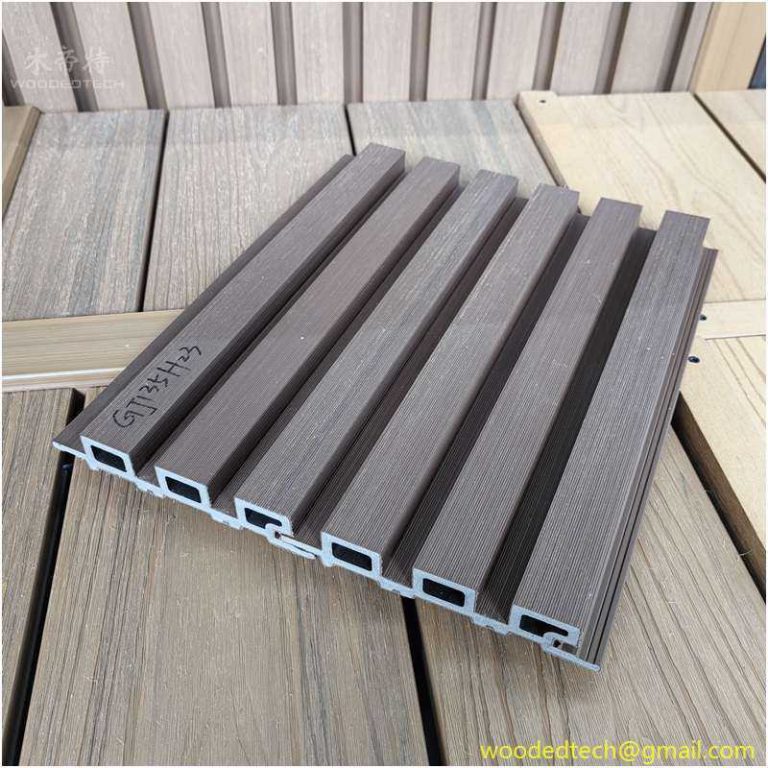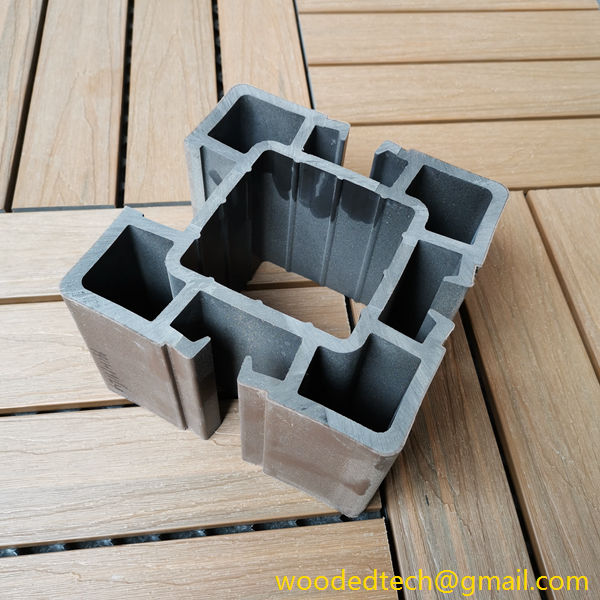Exploring WPC Cladding Garage Solutions for Durability
Exploring WPC Cladding Garage Solutions for Durability When it comes to enhancing the aesthetics and functionality of garages, one material that has gained significant attention is Wood Plastic Composite (WPC) cladding. This innovative solution combines the durability of plastic with the natural appeal of wood, making it an ideal choice for garage applications. In this…
Exploring WPC Cladding Garage Solutions for Durability
When it comes to enhancing the aesthetics and functionality of garages, one material that has gained significant attention is Wood Plastic Composite (WPC) cladding. This innovative solution combines the durability of plastic with the natural appeal of wood, making it an ideal choice for garage applications. In this article, we will explore the various material styles of WPC cladding, particularly in the context of garage solutions, emphasizing its durability and versatility.
WPC cladding is an engineered material composed of wood fibers, plastic, and additives, designed to mimic the look and feel of natural wood while providing enhanced performance characteristics. One of the most significant advantages of WPC cladding is its exceptional resistance to the elements. Unlike traditional wood, which can warp, crack, or rot due to moisture exposure, WPC cladding is water-resistant and impervious to many environmental stressors. This makes it an ideal choice for garages, as it can withstand fluctuating temperatures, humidity levels, and the occasional spills or stains that often occur in such spaces.
Another critical aspect of WPC cladding is its ability to resist pests. Termites, wood-boring insects, and fungi can wreak havoc on traditional wooden structures, leading to costly repairs and maintenance. WPC cladding eliminates this concern, as the plastic component is unattractive to pests and provides an additional layer of protection. This durability ensures that garages clad in WPC will maintain their structural integrity and aesthetic appeal for years to come.
In terms of aesthetics, WPC cladding offers a wide range of styles, colors, and finishes that can complement any garage design. Homeowners can choose from a variety of wood grain textures that mimic the appearance of real wood, allowing for a natural look without sacrificing durability. Additionally, WPC cladding is available in various colors, from earthy tones to bold hues, providing ample opportunities for personalization. This versatility enables homeowners to create a cohesive look that enhances the overall appeal of their property.
The installation of WPC cladding is another significant advantage. Compared to traditional wood, WPC is lightweight and easy to handle, making the installation process more straightforward and less labor-intensive. Many manufacturers offer pre-finished boards, which means they are ready to install straight out of the box, reducing the time and effort required for preparation. Moreover, WPC cladding can be easily cut and shaped to fit specific garage designs, accommodating unique architectural features or desired layouts.
Maintenance is another crucial factor when considering garage solutions. Traditional wood requires regular maintenance, including staining, sealing, and painting, to protect it from the elements and maintain its appearance. In contrast, WPC cladding is virtually maintenance-free. It only requires occasional cleaning with mild soap and water to remove dirt and grime. This low-maintenance requirement not only saves time and effort but also reduces long-term costs associated with upkeep.
In addition to its practical benefits, WPC cladding is also an environmentally friendly choice. Many manufacturers use recycled materials in their WPC products, contributing to sustainability efforts and reducing waste. By choosing WPC cladding for garage applications, homeowners are making a responsible choice that supports eco-friendly practices.
When considering the variety of material styles within WPC cladding, it is essential to understand the different options available. Some manufacturers offer solid WPC boards, which provide a robust and sturdy solution ideal for high-traffic areas such as garages. These boards are dense and provide excellent impact resistance, ensuring they can withstand the rigors of daily use.
On the other hand, hollow WPC boards are lighter and more cost-effective, making them a popular choice for homeowners looking to achieve a stylish look without breaking the bank. While they may not offer the same level of durability as solid boards, they still provide significant benefits over traditional wood, such as moisture resistance and pest protection.
The choice between solid and hollow WPC cladding often comes down to specific needs and preferences. For those seeking maximum durability, solid boards may be the way to go. However, if budget constraints are a concern, hollow boards can still deliver a stylish and functional solution for garage cladding.
In terms of design, WPC cladding can be applied in various ways to create unique looks. Horizontal and vertical installations can alter the perception of space, making a garage appear larger or more contemporary. Additionally, combining different colors or textures can create a striking visual effect, allowing homeowners to express their personal style while enhancing the curb appeal of their property.
In conclusion, WPC cladding offers an innovative and durable solution for garage applications, combining the beauty of wood with the resilience of plastic. With its resistance to moisture, pests, and environmental stressors, WPC cladding ensures that garages remain functional and visually appealing for years to come. The variety of material styles available allows homeowners to customize their garages to suit their tastes while enjoying the benefits of low maintenance and eco-friendliness. Whether opting for solid or hollow boards, the versatility of WPC cladding makes it a compelling choice for anyone looking to enhance their garage space.

